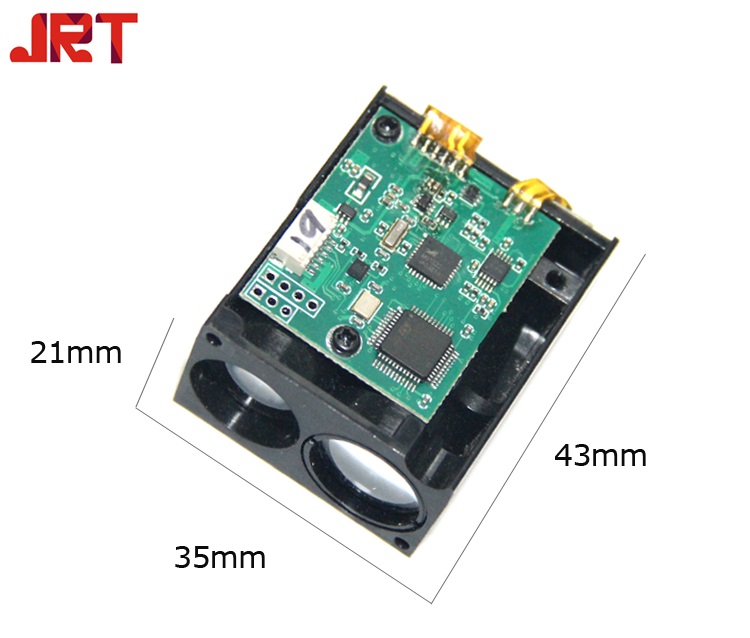As the saying goes, "Everything grows on the sun." This means that sunlight is the most basic condition for all flowers to survive, grow and develop. Most flowers need light, but different types of flowers have different requirements for light intensity and length of sunshine. Usually people divide sunlight into direct light and scattered light. The light that shines directly on the sunny day is called "direct light," and the cloudy or shaded light is called "scattered light." The intensity of light and the length of time have a great influence on flowers. For example, rose flowers, pomegranates, half-branches, lotuses, water lilies, etc. that need to grow in the sun, if placed in a shaded environment, branches often appear slender, internodes are elongated, and the leaves are yellow, and are also susceptible to Insect and pest attacks; hi-yin flowers refer to the flowers that originally grew in the shade of hills or under the forest. In the summer heat season, shades need to be given in different shades. At the same time, the air humidity must be properly increased to ensure safe summers such as orchids. , Monstera, evergreen, jade and so on. The length of sunshine has a great influence on some flowers. Some flowers originate in the tropics. Only in short days (with daily light limited to 8 to 10 hours) can the buds bloom, such as poinsettia and leaves. Flowers, etc., if artificial shading treatment, reduce the sunshine duration, can promote early flowering. Temperature is very important for the growth and development of flowers. Due to the different climates of the country of origin, the various flowers have different requirements for temperature. In winter, flowers with high temperature and high temperature will suffer freezing injury in low temperature environment; flowers with low temperature and high temperature will not be able to sleep and consume large amounts of nutrients, which will affect normal flowering results. Hi-temperature (daytime temperature is 20°C to 25°C, no less than 10°C at night) Flowers, Commonly cultivated Euphorbia pulcherrima, Dogtail red, Malvaceae hibiscus, Annonaceae hawk The African wind fairy of the Faerieaceae, the wind-colored pear, the water tower flower of Pyracaceae, and the colorful leaf grass of the Lamiaceae. Hi-temperature (temperature is generally maintained at about 18°C) Flower, commonly cultivated with white orchids of Magnoliaceae, jasmine flowers of Oleaceae, Cyclamens of Primulaaceae, Primula, Begonia, Begonia, Begonia, Asteraceae The cineraria, the Milanese of the Polygonaceae, the two-colored jasmine of the Solanaceae, the clivia of the Amaryllidaceae, the Manjusri, the Amaryllis, etc. Hi temperature (daytime temperature in winter is maintained at about 15 °C, no less than 5 °C at night) flowers, common cultivation of Camellia, rhododendron, osmanthus, orchids, rubber trees, cycads and citrus plants. In short, the cultivation of flowers must first understand their ecological habits, hi light or hi Yin, requiring high temperature, medium temperature or low temperature, otherwise it is difficult to maintain their favorite flowers.
Disclaimer: Some articles in this website have been transferred from the Internet. If you are involved in third party legal rights, please inform this website. phone
10000Hz High Frequency LiDAR Module
10000 Hz is one of our 2021 new solutions products,which can be widely used in drone postioning, car anti-collision, intelligent traffic monitoring etc. with high accuracy. We support customized service of different frequency(100hz,200hz,300hz,400hz,1000hz,5000hz,10000hz etc.), you can choose the suitable design. And the LiDAR module is a small size with 43*35*21mm, customers can be integrated to their measure device easily. If you meed any documents(PDF files etc.) of JRT high frequency LiDAR distance sensor, please contact us now.

Some key features may help:
Accuracy: ±3~5cm(<50m) /±1%(>50m)
Range: 0.1-200m
Resolution: 1cm
Frequency: 100/200/400/1k/5k/10khz
Laser type: 905nm,Class I
Size: 43*35*21mm
Weight: 20g
Input voltage: 8-36V
10000Hz High Frequency LiDAR Module,LiDAR,High Frequency LiDAR Module,10000Hz LiDAR Module
Chengdu JRT Meter Technology Co., Ltd , https://www.rangesensors.com